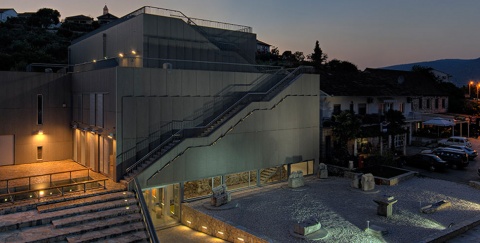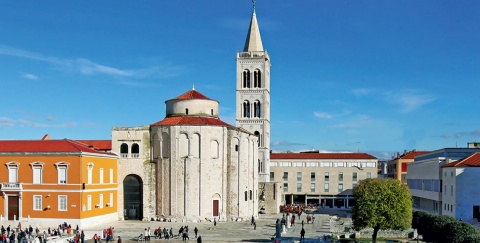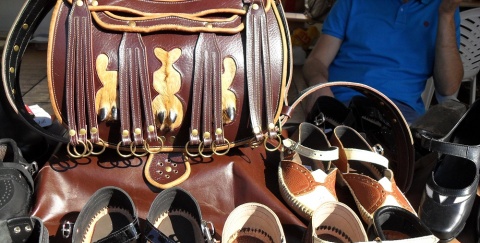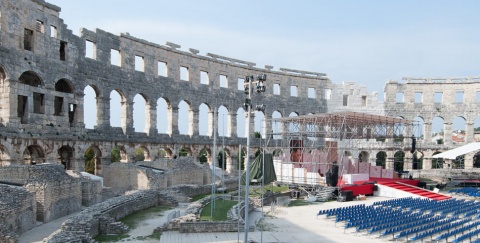Split, a harbour and one of Croatia’s most attractive tourist destinations, was built around the Roman palace of Emperor Diocletian (ruled: 284–1 May 305). However, the origin of the city dates back to the 6th century BC, when it was a Greek colony named Asphálatos. The city was named after the spiny broom, a shrub common in the area.
The Roman army first started arriving in 229–219 BC. Rhe province of Dalmatia was established and its capital moved to Salona. Asphálathos was renamed Spalatum.
Diocletian commissioned the palace for his retirement – he was the first Roman emperor to retire of his own free will – and he lived in it until he died. The work on the palace started in 293 AD. The massive structure facing the sea on the southern side covered 38,000 m². It was supported by an aqueduct which provided water for up to 10,000 people living in and around the palace.
Visitors usually enter the site via the Brass Gate, the meeting point for most guided tours. Known as Porta Meridionalis in Diocletian’s time, it opened up to the harbour and the Adriatic Sea. In case of an emergency, it was an escape gate. Today, you can watch the changing of the guard – “Emperor Diocletian” appears with six Roman guards, greets the masses in the monumental court, Peristyle (June–Sep, daily, at noon), and invites them to his home. Visit the tourist office at the Peristyle in the centre of Diocletian’s Palace for brochures or to enquire about guided tours.
In 1979, the entire historic centre around the palace became a UNESCO World Heritage Site. In Diocletian’s time Peristyle was a place of worship of the cult of the living son of Jupiter. With the construction of the new city square (Pjaca) and the city hall in 13th–14th century, it became a religious meeting point, and now it is a venue for opera and theatre. It has remained the centre of Split to this day. Emperor Diocletian often appeared under the arch of the entrance to the Vestibule in purple dress. The Vestibule, rectangular on the outside an oval inside, was the impressive imperial antechamber, decorated with mosaics and with a white rotunda on top. To the southeast, there were houses dating as far back as the 10th century BC. The Ethnographic museum is across the road, in the Church of St Andrew (sv. Andrija), built in the 7th century AD on the site of the Emperor’s dining hall, triclinium. Diocletian’s private chambers were to the southwest, near the unexcavated imperial baths (now Hotel Slavija). The cellars of Diocletian’s Palace are accessible through a staircase from Peristyle. This is where exhibitions, plays and the International Flower Show (May) take place. Only the eastern part is open to the public due to the restoration work.
The Temple of Jupiter became a baptistery in late Roman times. St Duje (Domnius) Cathedral is housed in Diocletian’s Mausoleum. Walk to the Golden Gate (Roman: Porta Septemtrionalis, Venetian: Porta Aurea) – Diocletian passed through it for the first time on 1 June 305 AD. Or follow Pope John Paul II who passed through the Silver Gate (Roman: Porta Orientalis) in 2000. Stop by the Iron Gate (Roman: Porta Occidentalis) where the statue of Nike, the goddess of victory, used to be. It was removed in the 5th century by the Christians.
The Archaeological Museum, founded in 1820, keeps 150,000 artefacts from prehistoric, Greek, Roman and Early Christian times and the Middle Ages. Its exhibition space covers the area of 2,500 m². Check out Roman glassware and gems, the submarine collection and the stone inscriptions from Salona (modern-day Solin).
Go on a half-day bus excursion to Solin, once a Greek, then a Roman stronghold. One of the first Romans in town was Quintus Caecilius Metellus. In 119 BC, he decided to station his army here during the winter. It was Julius Caesar, then the governor of Illyricum, who granted the city colony status (Colonia Martia Julia Salona) and made it the capital of the province of Dalmatia. It is believed that Solin had a population of about 60,000. During Augustus and Tiberius, five new roads were built to connect Salona to the hinterland. Diocletian gave it the honorary name Valeria, after his daughter. Visit the Early Christian buildings and Roman architectural monuments: the city gate, the amphitheatre, the forum, the basilica, the city walls, five bridges, cemeteries and the remains of temples and Roman baths. Salona was destroyed in the late 6th and early 7th century AD by the Avars and Slavs. Its inhabitants fled to Split and lived in what had remained of Diocletian’s Palace.
DANUBE.TRAVEL has no control over the website content generated by users and/or visitors, neither such content represents a statement, opinion, recommendation or rating by DANUBE.TRAVEL. For further information please refer to DANUBE.TRAVEL – General Website Terms and Conditions of Use.
 EN
EN DE
DE
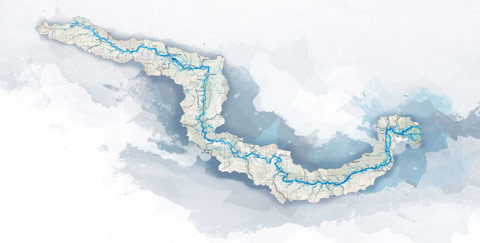
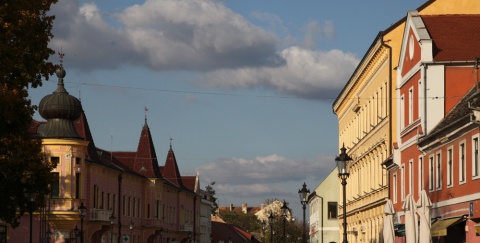
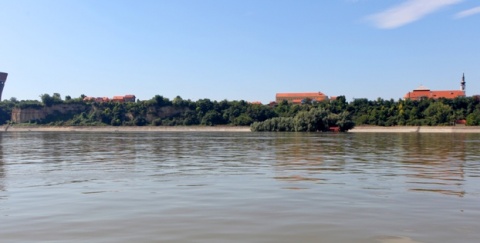
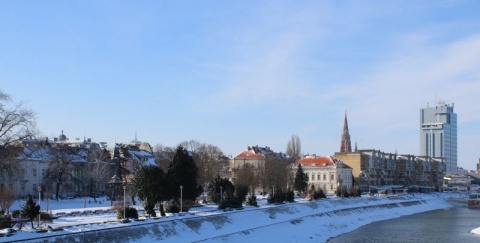
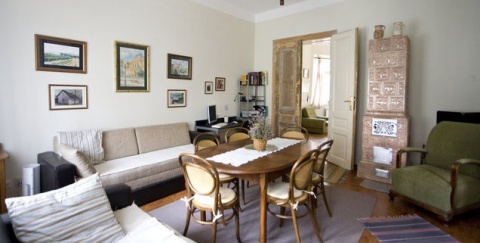
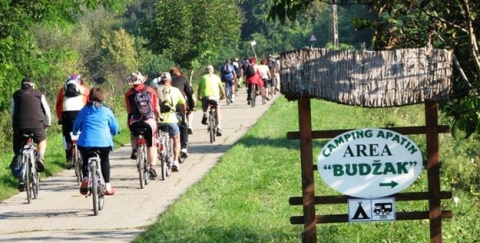
_480x243.jpg)
